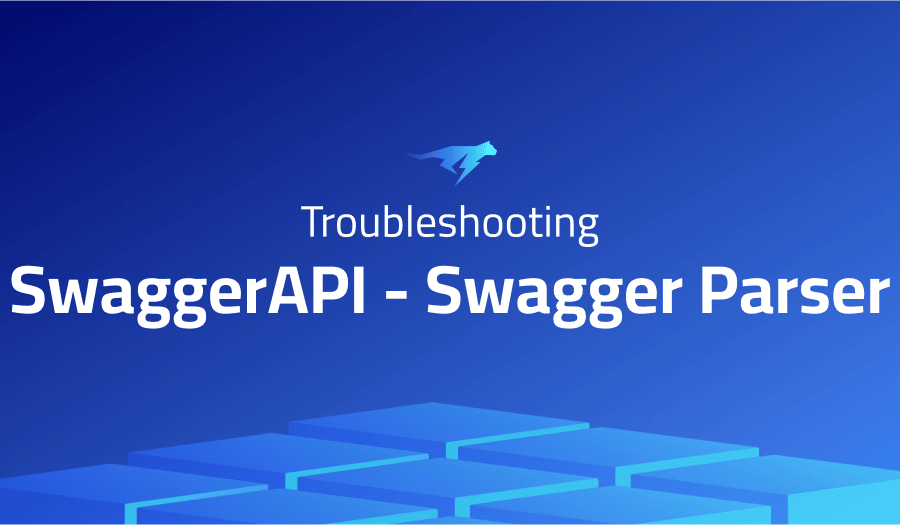

Troubleshooting Common Issues in SwaggerAPI Swagger Parser
Project Description
Swagger Parser is a Java-based library that allows developers to parse, validate, and generate interactive documentation for OpenAPI specifications. It provides a convenient and flexible way to read, write, and manipulate OpenAPI documents, making it an essential tool for developers working with APIs.
One of the key features of Swagger Parser is its ability to validate OpenAPI documents against the official OpenAPI specification. This ensures that the document is properly formatted and follows all the rules set forth by the specification. Additionally, Swagger Parser can also generate interactive documentation for an API based on the information contained in the OpenAPI document. This documentation can be used by developers to quickly understand the API’s capabilities and how to use it.
In summary, Swagger Parser is a useful tool for any developer working with OpenAPI specifications. Its ability to validate and generate interactive documentation saves time and reduces the risk of errors, making it an invaluable resource for API development.
Troubleshooting SwaggerAPI Swagger Parser with the Lightrun Developer Observability Platform
Getting a sense of what’s actually happening inside a live application is a frustrating experience, one that relies mostly on querying and observing whatever logs were written during development.
Lightrun is a Developer Observability Platform, allowing developers to add telemetry to live applications in real-time, on-demand, and right from the IDE.
- Instantly add logs to, set metrics in, and take snapshots of live applications
- Insights delivered straight to your IDE or CLI
- Works where you do: dev, QA, staging, CI/CD, and production
Start for free today
The following issues are the most popular issues regarding this project:
Default values in models unset in openAPI result, v2 spec
There are a few different ways you can resolve the issue of default values in models being unset in the OpenAPI result when using Swagger Parser. Here are a few potential solutions:
- Make sure that you are setting the default values correctly in your OpenAPI document. According to the OpenAPI specification, default values should be set using the
defaultfield in the model schema. - If you are using the
parsemethod of the Swagger Parser library to parse your OpenAPI document, you can pass in theresolveoption astrue. This will cause the Swagger Parser to resolve all references in the document and substitute them with their resolved values, including default values for models. - Alternatively, you can use the
dereferencemethod of the Swagger Parser library to resolve all references in the document, including default values for models. This method returns a new, dereferenced version of the original OpenAPI document.
More issues from SwaggerAPI repos
Troubleshooting swaggerui | Troubleshooting swagger-core | Troubleshooting swagger-editor
It’s Really not that Complicated.
You can actually understand what’s going on inside your live applications.




